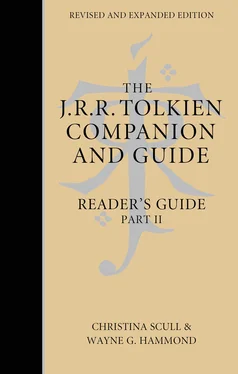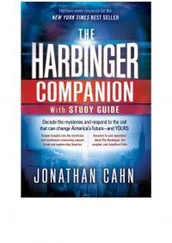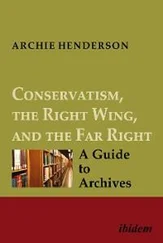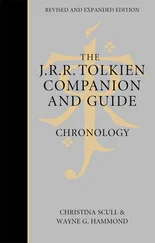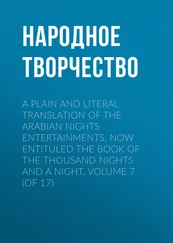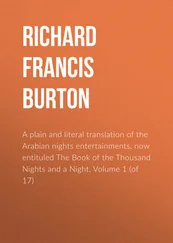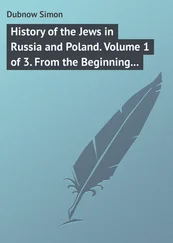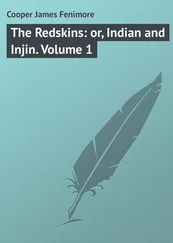Translations
Travel and transport
The Treason of Isengard: The History of The Lord of the Rings, Part Two
Tree and Leaf
The Trees of Kortirion
Trimingham, Harold Gilbert Lutyens
Trought, Vincent
Of Tuor and His Coming to Gondolin
‘Of Tuor and the Fall of Gondolin’
‘Of Túrin Turambar’
‘The “Turin Wrapper”’
Turlin and the Exiles of Gondolin
Turville-Petre, Edward Oswald Gabriel
Turville-Petre, Joan Elizabeth
Unfinished Tales of Númenor and Middle-earth
Unwin, Rayner Stephens
Unwin, Stanley
Valaquenta
Valedictory Address to the University of Oxford
‘Variation D/L in Common Eldarin’
‘Of the Voyage of Eärendil and the War of Wrath’
Wade-Gery, Henry Theodore
Wagner, Richard Wilhelm
Wain, John Barrington
Waldman, Milton
Wales
The Wanderer
The Wanderings of Húrin
War
The War of the Jewels: The Later Silmarillion, Part Two: The Legends of Beleriand
The War of the Ring: The History of The Lord of the Rings, Part Three
Wardale, Edith Elizabeth
Warwick (Warwickshire)
West Midlands
Weston-super-Mare (Somerset)
Whitby (Yorkshire)
Whitelock, Dorothy
Wilkinson, Cyril Hackett
Williams, Charles Walter Stansby
Wilson, Frank Percy
Windle, Michael William Maxwell
Winter’s Tales for Children I
Wiseman, Christopher Luke
Women and marriage
‘Words of Joy’
Words, Phrases and Passages in Various Tongues in The Lord of the Rings
Wrenn, Charles Leslie
Wright, Joseph
Writing systems
Wyke-Smith, Edward Augustine
Wyld, Henry Cecil Kennedy
The Year’s Work in English Studies
Yorkshire
‘Name-List to The Fall of Gondolin’. Unfinished compilation of names in Qenya and Gnomish (Noldorin, later Sindarin; see *Languages, Invented) occurring in The Fall of Gondolin in * The Book of Lost Tales as ‘set forth by Eriol at the teaching of Bronweg’s son … Littleheart’ (* The Book of Lost Tales, Part Two , p. 148). Tolkien evidently compiled this list in more or less alphabetical order from the * Official Name List (?1917–?1919), but it extends only as far as the letter L . *Christopher Tolkien incorporated information from the list in the Appendices (‘Names in the Lost Tales ’) to * The Book of Lost Tales, Part One and The Book of Lost Tales, Part Two . The complete list was published in Parma Eldalamberon 15 (2004), pp. 19–30, edited with commentary and notes by Christopher Gilson and Patrick H. Wynne.
Included with the ‘Name-List’ proper is another projected list of names, abandoned after only three entries, probably the beginning of a list for The Cottage of Lost Play ( The Book of Lost Tales ).
The Name ‘Nodens’. Note, first published as Appendix I, pp. 132–7, in the Report on the Excavation of the Prehistoric, Roman, and Post-Roman Site in Lydney Park, Gloucestershire by R.E.M. Wheeler and T.V. Wheeler (Oxford: Printed at the University Press by John Johnson for The Society of Antiquaries, 1932). See further, Descriptive Bibliography B13.
The report is concerned with excavations in 1928–9 of a promontory fort or small embanked hill-town of five acres, established at Lydney in or shortly before the first century BC. ‘Soon after A.D. 364–7 a temple, dedicated to the otherwise unknown deity Nodens, was built within the earthwork, and with the temple, which was of unusual plan, were associated a guest-house, baths, and other structures, indicating that the cult was an important centre of pilgrimage’ (Wheeler and Wheeler, p. 1). Tolkien observes in his note that the name Nodens occurs in three inscriptions; otherwise, ‘from the same place and presumably roughly contemporary, there is in early Keltic [Celtic] material no trace of any such name or stem’ (p. 132). He relates Nodens to Núadu (later Núada ) Argat-lám, the king of the Túatha dé Danann, ‘the possessors of Ireland before the Milesians’ (p. 133), and to other Nuadas in Irish. ‘It is possible to see a memory of this figure in the medieval Welsh Lludd Llaw Ereint (“of the Silver Hand”) – the ultimate original of King Lear – whose daughter Creiddylad (Cordelia) was carried off, after her betrothal to Gwythyr vab Greiddawl, by Gwynn vab Nudd, a figure having connexions with the underworld’ (p. 133). The normal Welsh form of Nuada or Nodens is Nudd .
Tolkien researched Nodens and wrote a note on the subject probably in 1929 or 1930, at the request of R.E.M. (later Sir Mortimer) Wheeler, Keeper and Secretary of the London Museum. Wheeler had the finished note in hand apparently well before 2 December 1931, when he informed Tolkien that a report on the Lydney Park excavations was to be issued by the Society of Antiquaries, including Tolkien’s note, and enclosed a proof. Tolkien replied to Wheeler by 9 December, evidently having had related thoughts on the possible evolution of the name Lydney out of Lludd . He wrote at once to his colleague Allen Mawer, then Director of the Survey of English Place-names, about the history of Lydney , but the data Mawer could supply were indeterminate.
Tolkien wrote a paragraph on the subject nevertheless, commenting on the obscurity of the origin of the place-name Lydney , and that it did not shed light on the problem of Nodens . Lydney was an English settlement, not the site of the temple to Nodens, though Tolkien thought that it might contain a pre-English name with a different original focus. Because of the uncertainty of this argument, however, or because production was already too far advanced to permit an addition, the note was omitted from the published report by Wheeler and Wheeler.
See further, comments by Carl Phelpstead in Tolkien and Wales: Language, Literature and Identity (2011), ch. 4. A prefatory note in the Report lists those who did the actual work of the excavation and mentions others who visited the site and helped to identify the finds. Among the latter was *R.G. Collingwood who, like Tolkien, was a fellow of Pembroke College, *Oxford, and was almost certainly responsible for Tolkien being asked to help with the mythological–philological problem of Nodens.
Tolkien himself, however, is not named in the list, and there is no evidence that he participated in the dig at Lydney Park, stayed there as a guest of the Wheelers on a number of occasions, or even visited Lydney, the surrounding Forest of Dean, or nearby Puzzlewood, all of which have been suggested as influences on * The Hobbit and * The Lord of the Rings . Mortimer Wheeler’s letters to Tolkien in 1931–2 in fact are formal and courteous, with no sign of the familiarity that would be evident between friends. Nor is there any reason to believe, despite much wishful thinking, that Tolkien was influenced in writing The Hobbit by the folk-connection between Lydney and dwarves, hobgoblins, and little people, or – at an even further stretch – that he took the idea of the ring in The Hobbit (later the One Ring in The Lord of the Rings ) from a gold ring lost by the Roman Silvianus at the temple of Nodens at Lydney in the late fourth century, found 100 miles away in 1786, and now at The Vyne near Basingstoke, Hampshire.
The Name ‘Nodens’ was reprinted in Tolkien Studies 4 (2007), pp. 177–83.
Читать дальше
